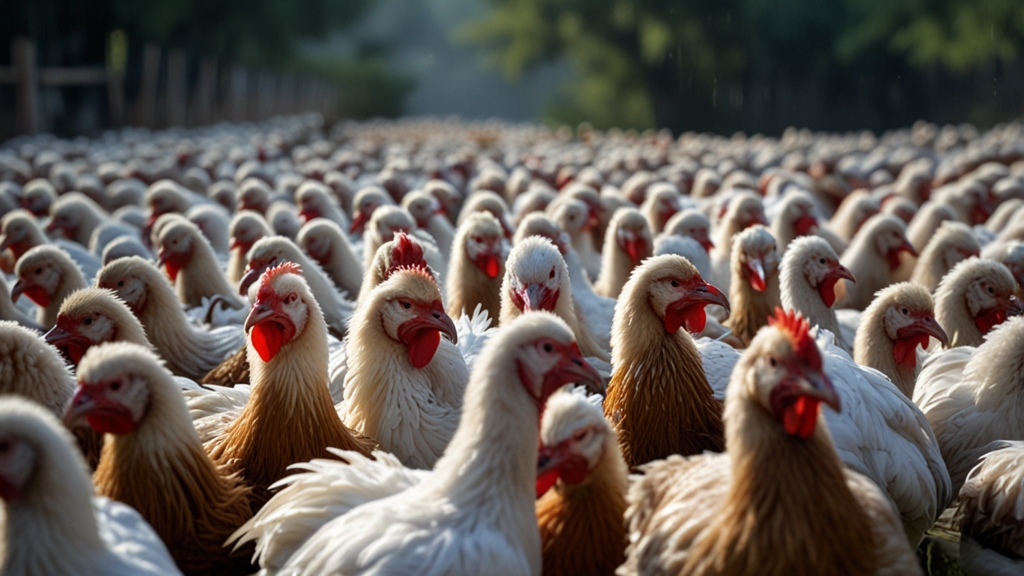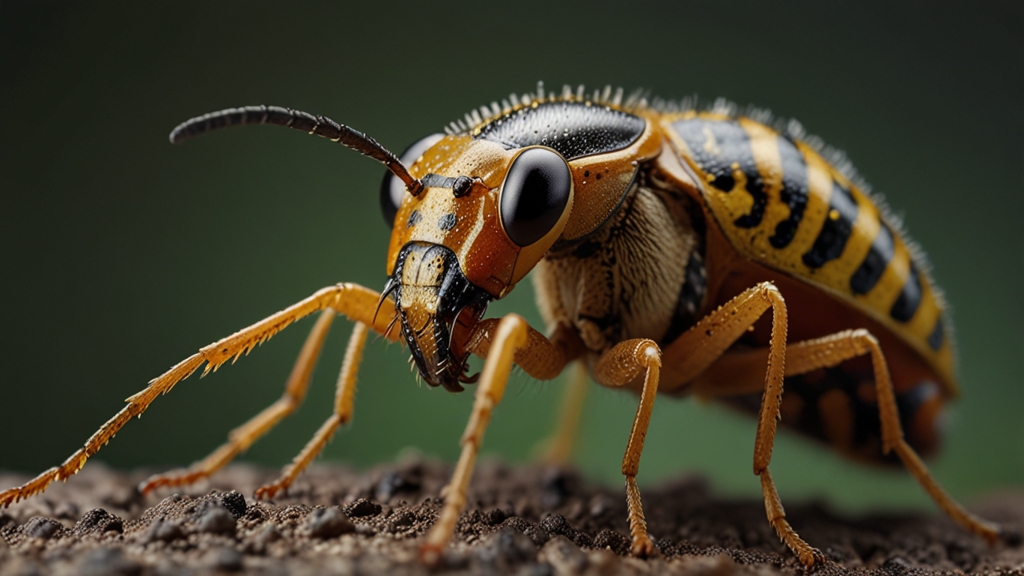Unraveling the Mystery of Bird Flu: What You Need to Know
The avian influenza, commonly referred to as bird flu, is a type of influenza virus that primarily affects bird species but has the potential to infect humans and other animals. This highly contagious and often deadly virus has garnered significant attention due to its economic impact on agriculture, public health concerns, and its potential to spark a pandemic. Understanding bird flu's origins, transmission, and preventive measures is crucial for mitigating its effects. This article seeks to unravel the mysteries surrounding bird flu and provide you with the essential information you need to know.
What is Bird Flu?
Bird flu is caused by strains of the influenza A virus, specifically the H5 and H7 subtypes. These viruses occur naturally among wild aquatic birds and can infect domestic poultry, other bird species, and humans. The H5N1 strain is one of the most well-known and feared bird flu viruses, owing to its high mortality rate in humans, although human infections are relatively rare.
How is Bird Flu Transmitted?
Bird flu is primarily spread through direct contact with infected birds, their droppings, or secretions. Transmission can occur in various settings, including live bird markets, poultry farms, and through the handling of contaminated bird products. While it is rare, zoonotic transmission (from animals to humans) can happen, particularly among individuals who have close, prolonged contact with infected birds.
"Human infection with bird flu viruses, although uncommon, can lead to severe respiratory illness and has the potential for significant public health impact." - World Health Organization (WHO)
The virus can also spread indirectly through contaminated surfaces, water, or feed. It is important to note that human-to-human transmission is extremely rare and typically occurs only in cases of close and prolonged contact with an infected individual.
Symptoms of Bird Flu in Humans
Symptoms of bird flu in humans can range from mild to severe and often resemble those of seasonal influenza. Common symptoms include:
- Fever
- Cough
- Sore throat
- Muscle aches
- Shortness of breath
In severe cases, bird flu can lead to pneumonia, acute respiratory distress syndrome (ARDS), and even death. Early diagnosis and antiviral treatments are critical for improving survival rates.
Preventive Measures
Preventing the spread of bird flu involves a combination of biosecurity measures, surveillance, and vaccination. Key preventive strategies include:
- Ensuring good hygiene and sanitation practices in poultry farms and live bird markets.
- Avoiding direct contact with wild birds and their habitats.
- Cooking poultry products thoroughly to kill any potential virus.
- Implementing quarantine measures for infected birds and culling infected poultry to prevent further spread.
"Proper hygiene and cooking practices are essential to prevent bird flu transmission from poultry to humans." - Centers for Disease Control and Prevention (CDC)
Vaccination of poultry with effective bird flu vaccines can also help reduce the risk of outbreaks. Additionally, public health authorities continuously monitor and conduct surveillance to identify and respond to new cases promptly.
The Global Impact of Bird Flu
Bird flu has far-reaching implications beyond individual health concerns. It poses significant economic risks to the poultry industry, leading to substantial financial losses due to culling and trade restrictions. The potential for a pandemic, although low, remains a critical concern for global health organizations, prompting ongoing research and preparedness efforts.
Conclusion
Bird flu remains a formidable challenge due to its impact on both animal and human health, as well as its economic repercussions. By understanding its transmission, being vigilant with preventive measures, and supporting global surveillance efforts, we can mitigate the risks associated with this virus. Staying informed and prepared is key to unraveling the mysteries of bird flu and safeguarding public health.










